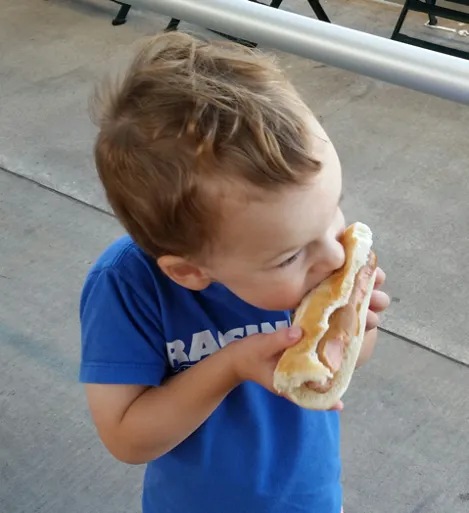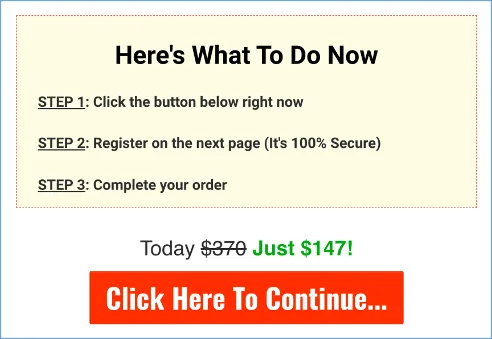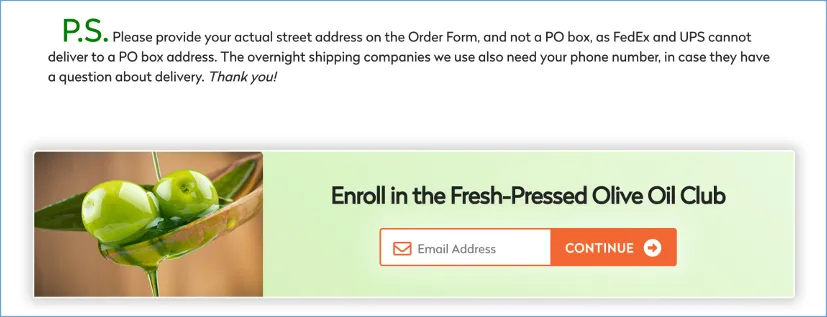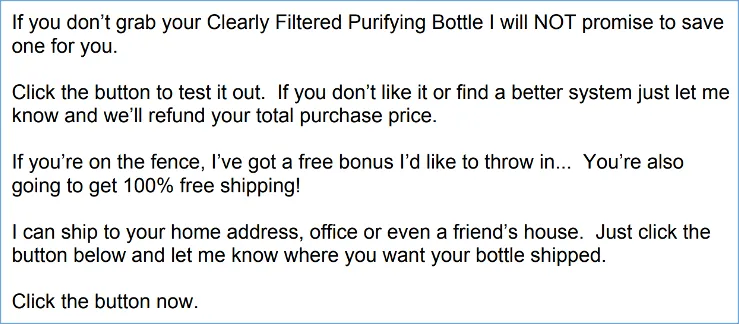It took nearly 54 years. But, at long last, I’ve finally heard the expression “like swallowing a sausage sideways.”
I took that to mean complicated, if not impossible.
Then, I remembered this picture of Wylie …

That’s him at his first-ever baseball game eating his first-ever hot dog. And as the photo clearly reveals …
Swallowing a sausage sideways.
I didn’t think I needed to show him how eating hot dogs was nothing like eating corn on the cob. I just figured it was something you knew how to do.
As Wylie got older, he blanked on other everyday maneuvers I never thought to cover. Like how to use his house keys when he got home from school. And most recently, how to use a trimmer to shear off that hideous rat mustache sprouting beneath his nose.
It’s not like he’s a dummy either.
This is the same kid who was quick to point out that my preference for “never speaking in absolutes” was indeed an absolute.
Turns out I was the dummy. Because I was too dim to see that my idea of a no-brainer wasn’t as obvious to someone else.
It also reminded me that unless you tell somebody exactly what to do, they’ll often default to the option we all love more than any other …
Doing nothing.
That might not be a big deal if you’re staring down some regrettable facial hair.
But if your customers aren’t taking action because you didn’t step them through the process, it’s silently killing your business.
I’m not talking about persuading them to take action by pulling levers of influence like urgency, scarcity, or FOMO.
I mean literally spelling out what they need to do. Like saying: “fill out the form below.” 😲
That may sound like a silly, almost worthless piece of advice. You may be thinking: “These people are adults. Surely when they see a form, they know they need to fill it out.”
And yes, you’d think they would. Then I remember something I read that said …
People can come up with 6–7 objections for every decision.
I also remember not believing it. So, I put it to the test with this mouthwatering scenario:
My local butcher is giving away tomahawk ribeye steaks all day Saturday.
Impossible to pass up, right? But then I started thinking …
🐮 I don’t feel like leaving the house.
🥩 I don’t have a grill.
🐮 I don’t have an exhaust hood if I want to use the stovetop.
🥩 The parking is terrible.
🐮 I’m trying to eat less red meat.
🥩 We have plenty of food in the fridge.
🐮 I’ll end up spending money on other things we don’t need.
I was floored by how quickly those protests flooded my brain. It didn’t matter how attractive the offer. The forces pulling me toward doing nothing were far greater.
That’s why guiding your prospect into the action you want them to take is so important.
It’s not about overexplaining the obvious or treating someone like an idiot. You’re simply applying a little extra encouragement, so you leave nothing to chance.
Think of it like an insurance policy to protect your sales argument from your reader saying: “I’ll think about it.” Because once they’re gone, they rarely return.
Let’s see what this looks like in the wild. We’ll start with an oldie just for fun.

The brilliance of this direction isn’t just its unmistakable clarity. It also uses a first-person call to action (Mail me your free book) along with a benefit (make $100,000), social proof (how others are making big money), and a promise (how I can do the same).
Of course, the days of clipping and mailing order forms are over.
But the reason why it pays to study classic ads is because the psychology behind the techniques is timeless.
For example, you could translate the above wisdom to today’s marketing with first-person button copy like this:

Sure, “Check my eligibility” alone might be OK. But the writer chose to extend the message to address the common customer worry of a damaged credit score.
Communicating both the action and a benefit makes your button more clickable.
Or, at the very least, something worth testing.
Here are a few modern examples of how you can structure your close to convert more buyers …
Clickable text
Who says you have to limit all your click-throughs to buttons? Full lines of clickable text are perfect for directives that communicate both action and value. And the pop of color doesn’t hurt either.
I see these a lot at the end of articles and emails. Or in this advertorial from HelloFresh.

…
Multiple steps
You can’t get much more follow-the-bouncing-ball than this example I pulled from a sales page for online guitar lessons.
It may seem like a simple ordering process based on the bullets. But the writer included the second step to set the expectation for what’s on the other side of the click.
If you’ve ever looked at a registration page and said: “no thanks,” you’re not alone. That’s because completing a form of any length feels like work.
Directions like these eliminate unpleasant surprises. Plus, the price anchor above the button further motivates buyers by reminding them of the killer deal they’re getting.

…
Postscripts
Even the most pathological skimmers can’t resist postscripts.
Although this example is from the web, the page is styled like a letter. That’s why the P.S. doesn’t feel out of place.
Still, putting it above the button and telling the reader what they’re going to do before they even click is genius. (And not surprising since the business is partially owned by copywriting legend Gary Bencivenga.)

…
Repetition
Ever been sucked into watching a 30-minute video sales letter (the internet’s version of the infomercial)? Then you know how smooth they are—even when they’re hammering you to buy.
But it’s always at the end when things get aggressive.
That’s because these campaigns aren’t cheap to produce and run. So, they go to blistering lengths to lace the back half of the pitch with multiple calls to action.
As you can see from this video transcript, the good folks at Clearly Filtered really want you to get one of their water bottles. So much so that they’ve wedged three commands to click in the final few seconds.
You don’t have to go this hard in your videos. But you should always tell your viewers what you want them to do as many times as it feels natural.

…
After all that, I kinda wish I had something to bully you into buying.
You’re probably good on water bottles though.
Here’s a song to play you out >>>
See you next time. — Matt
If you want a fresh marketing nugget emailed to you every week (give or take), join here.


